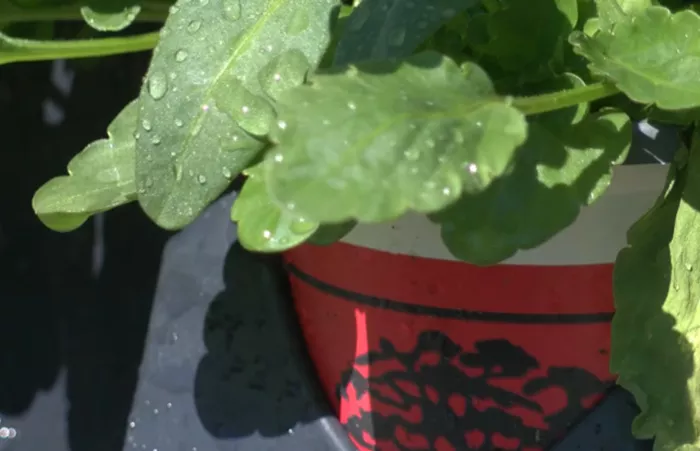For those who know me, it’s no secret that I’m a science enthusiast—particularly when it comes to plants. Over the years, I’ve written four books explaining complex plant science, and I often think about how trees and shrubs manage to survive freezing temperatures. This might seem like a niche interest, but it’s a fascinating topic, especially after a cold winter.
While many people view plants as simple, non-sentient organisms, they are actually incredibly resilient. Despite lacking brains and the ability to move to more hospitable environments, plants have developed remarkable ways to adapt and thrive in harsh conditions.
One of the main challenges plants face in cold weather is that water expands as it freezes. When water inside a plant cell freezes, it expands and can cause the cell to burst. To prevent this, plants take several precautions.
First, plants increase the flexibility of their cell walls, allowing them to stretch when water freezes. If that’s not enough, plants can move water out of the cells and into intercellular spaces where freezing is less of a concern, as there are no membranes to rupture.
Additionally, plants produce special proteins that act as antifreeze. These proteins, called cryoprotectants, are particularly important for roots. In cold temperatures, roots use sugars and antifreeze proteins to lower the freezing point of water, preventing ice from forming inside the root cells.
During the winter, trees and shrubs essentially “shut down.” Without leaves, metabolic activity slows dramatically, and most of the remaining activity is focused on survival. Evergreens, for instance, are adapted to conserve moisture throughout the winter by retaining their needle-like leaves.
Plants also have internal systems, like the xylem, which carry water. These water transport cells are vulnerable to freezing. As temperatures drop, plants reduce and eventually stop water transport. To protect the xylem, the plant develops thicker cell walls and, in some cases, produces cells that seal off areas prone to frost damage. In other instances, plants generate air bubbles to prevent freezing.
Phloem cells, which transport food throughout the plant, also play a crucial role. In response to cold weather, these cells concentrate sugars to lower their freezing point. Additionally, phloem cells modify their membranes to become more flexible, helping them tolerate the expansion of water during freezing.
Interestingly, the ability to survive cold conditions is not simply a matter of a plant’s location. A maple tree from a colder climate, like Minnesota, might not fare well in a warmer area because plants must adjust to specific environmental cues, like the timing of sunlight in spring or the approach of winter.
Plants are far from inanimate—they are dynamic organisms that constantly adapt to their surroundings. So yes, I admit, I am a “nerd” for thinking about how plants handle freezing temperatures. And as the seasons change, I’ll be just as excited to see how plants reactivate as the weather warms up
Related topics:
- Final Touches on the 10th Da Lat Flower Festival Preparations
- Plants Score Another Win: Why They’re a Must-Have in Your Life
- Revolutionary Smart Agriculture Tech for Real-Time Plant Monitoring


